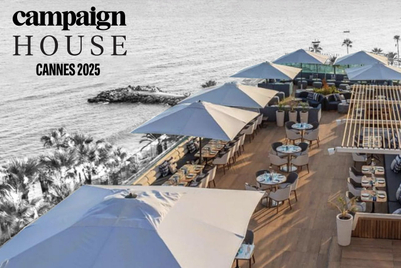
Haleon launched an AI-powered tool this week to promote more inclusive advertising by assessing digital marketing assets for different readability levels and other inclusivity metrics.
The consumer health spinoff from GSK partnered with technology company CreativeX to roll out the Health Inclusivity Screener, which was developed to assess the health literacy, accessibility and representation in advertising across nine markets.
This tool, which brings together several existing analytics capabilities Haleon had at its disposal, measures how accessible a brand’s advertising assets are and supplies brand leaders with pertinent information so they can make timely adjustments.
This could be through simplifying the messaging or diversifying the content if the advertising is skewed in terms of age or skin tone in order to meet a wider range of consumers.
Going forward, Haleon has plans to scale up the Health Inclusivity Screener to other brands across additional markets.
She said the goal of the in-house tool is to make Haleon’s advertising more understandable and accessible for consumers, ultimately improving health outcomes in the process.
While figuring out how to make advertising campaigns more inclusive has been a popular topic among industry leaders, Herman said health brands need to understand more deeply what that means in practice and how it can impact consumers.
“There’s evidence in our industry that [inclusive advertising] drives performance and real results,” she said. “However, it’s been hard to get it down to an actionable level at a brand level to help a team reflect on what they’re making and make the next best change for the business and the consumer.”
While the tool’s scanning capabilities are based on the strength of AI, Herman assured that human oversight is enabled to ensure the accuracy of the technology’s insights.
Herman added that she views the Health Inclusivity Screener as an industry-leading initiative that could inspire other companies—including some of Haleon’s competitors—to adopt similar practices around measuring and improving the inclusivity of their respective marketing efforts.
Given the depth of data that fuels the screener, Herman said it has been important for her team to experiment with the tool and see what messaging is most effective across different markets.
She noted that the tool was able to provide insights that made Panadol’s advertising applicable in two dissimilar markets like Australia and Saudi Arabia.
Haleon’s introduction of the screener comes as the industry remains in flux regarding its commitment to more inclusive marketing.
Despite a flurry of pledges made during the social upheaval of 2020 to adjust advertising efforts to be more inclusive, some companies have walked back their promises or simply not done enough to communicate with consumers in an effective way.
Citing research that found most global advertising efforts fall short of inclusivity standards and a majority of consumers insisting that they don’t feel culturally represented in online advertising, Herman said Haleon is invested in doing its part to address the issue.
She emphasized that inclusive marketing is valuable because it makes healthcare messaging more accessible and understandable for consumers, while also driving tangible business benefits like increased ROI.
And since the end goal is to remove obstacles to care for the people they serve, she sees this tool as further supporting the company’s mission.
“When you start with the consumer, your work can work harder for them and eliminate everyday health barriers,” she said.



.jpg&h=334&w=500&q=100&v=20250320&c=1)

+(900+x+600+px)+(3).png&h=334&w=500&q=100&v=20250320&c=1)




.jpg&h=334&w=500&q=100&v=20250320&c=1)



.jpg&h=268&w=401&q=100&v=20250320&c=1)
.jpg&h=268&w=401&q=100&v=20250320&c=1)

.jpg&h=268&w=401&q=100&v=20250320&c=1)

